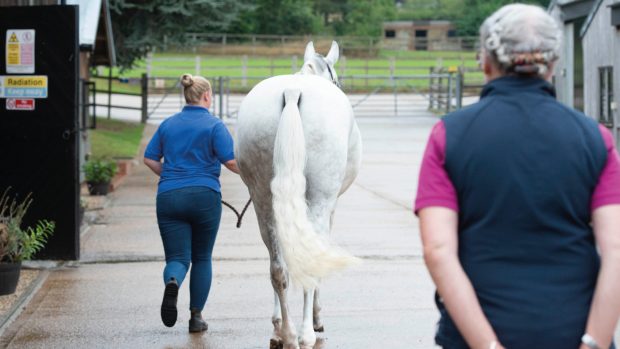Finding your horse in the paddock with a shattered leg is a scenario horse owners most dread. A vet needs to be summoned quickly as euthanasia is almost certainly the only humane option.
But for equine insurance purposes, some other cases of lameness or severe injury are not so clear-cut.
Ben was a 12-year-old gelding competing at BE intermediate level, who was notorious for being sharp and difficult. As he was hacked back to the lorry park after a successful cross-country run early last season, he became increasingly lame.
The vet in attendance examined him and found he had punctured the tendon sheath in the near fore, which may also have resulted in damage to the underlying flexor tendon.
Ben needed to be referred for further investigation and probable surgery if he was to have any chance of recovering. However, the prognosis for future eventing soundness was poor.
It was decided that because of Ben’s temperament and his extreme unsuitability for box-rest, the most humane course of action was to have him put down. The passport was used to identify the horse positively and the affected limb was retained.
Ben was insured for a considerable amount of money and his owners’ insurers referred the case to underwriters. The underwriters refused the claim, pointing out that although the horse’s connections felt that the best course of action was taken given the individual horse and the circumstances, there had been other treatment options available.
The connections argued these were not appropriate for this horse, but the underwriters still insisted this was not relevant to the policy terms. However, after the limb was sent to the insurers’ veterinary adviser for inspection, the insurers eventually made an offer that was accepted.
Before paying out on a mortality claim, most insurance companies will require a post-mortem, which will have to be organised and paid for by the owner. This is particularly important when the cause of death or disease is not fully clear nor understood.
If you are going to have an insured horse put down and intend to make a mortality claim for the horse’s value, call your insurance company to discuss your plans before putting them into action and ask whether a post-mortem is required before organising disposal of the horse’s body.
Part of this feature was first published in Horse & Hound (10 March 2011)




